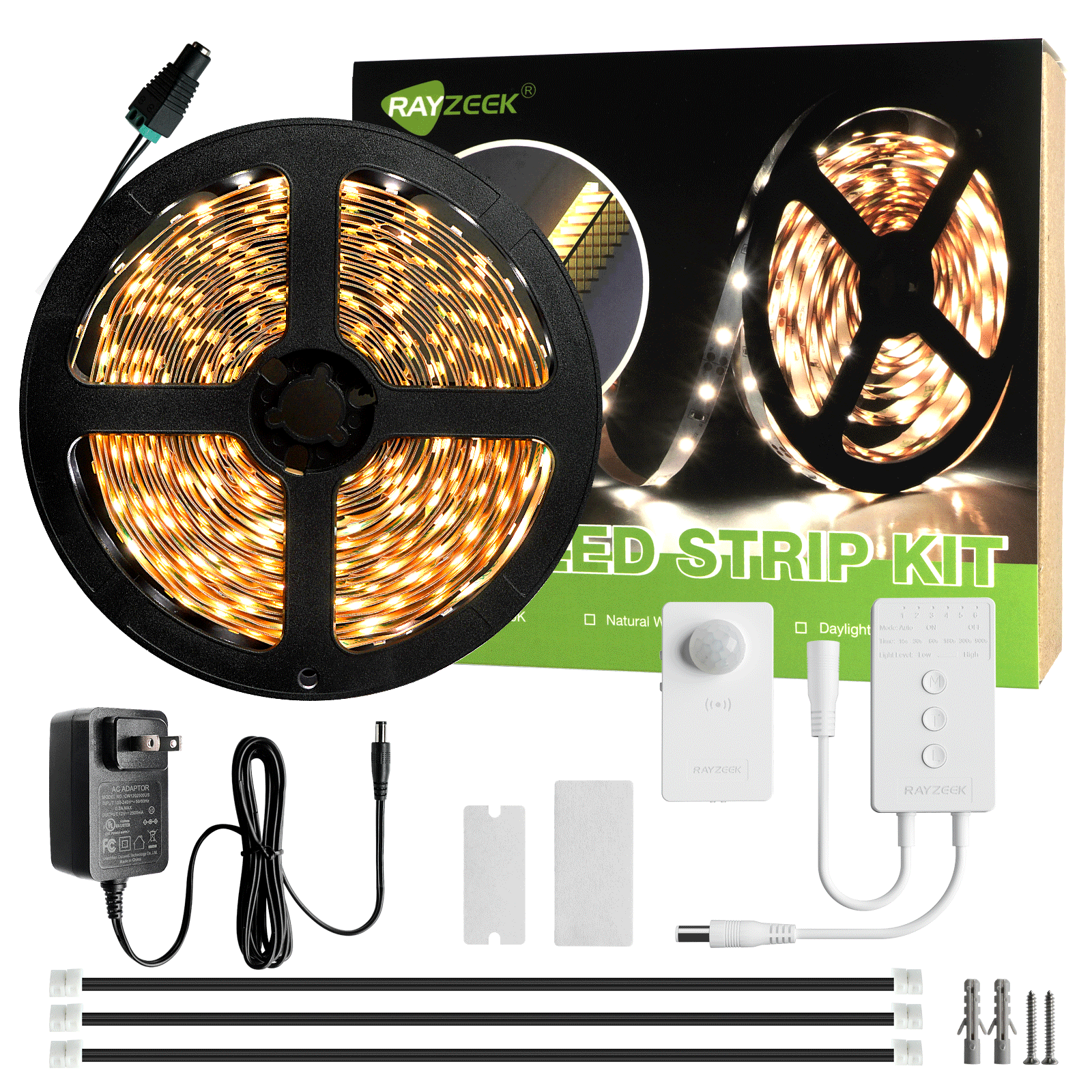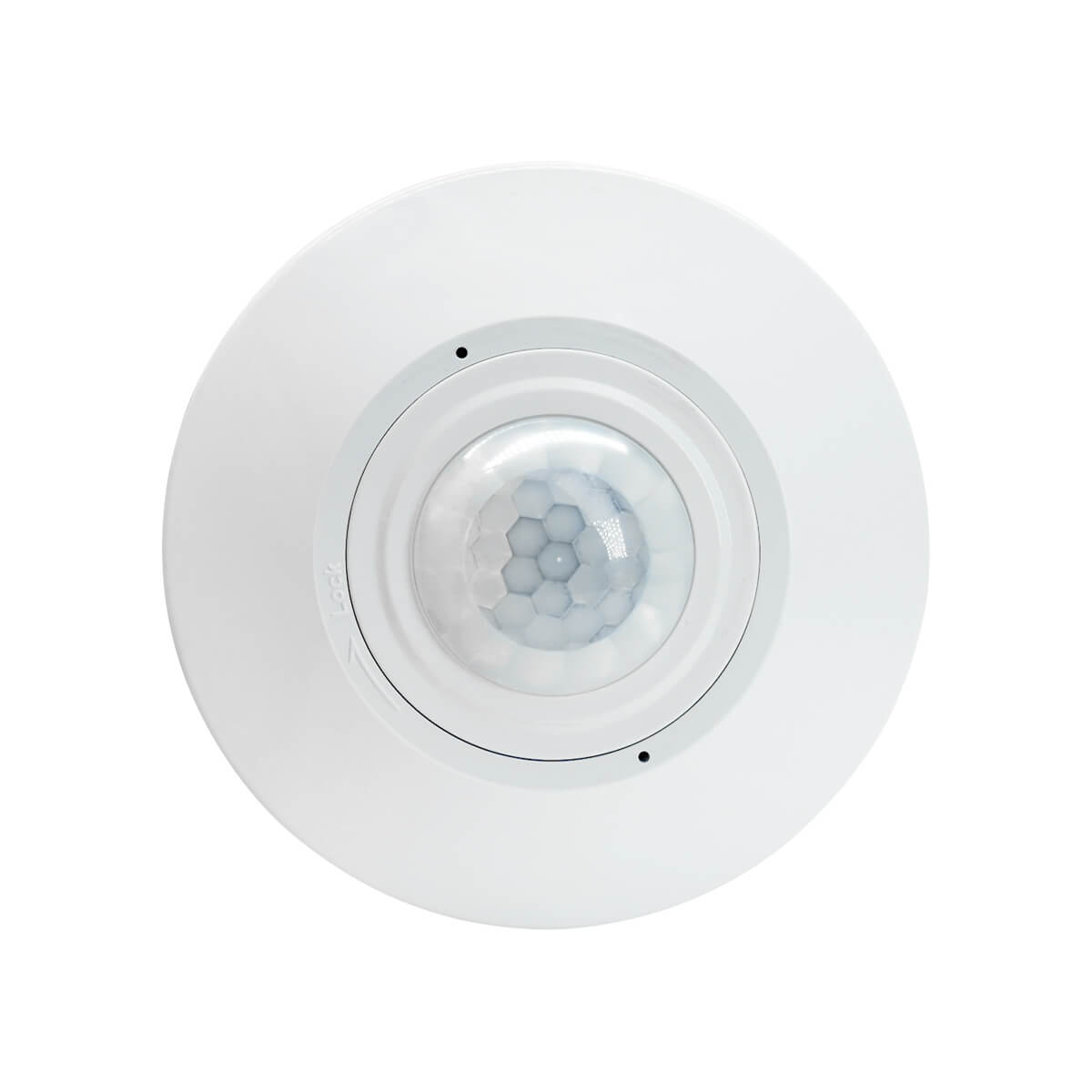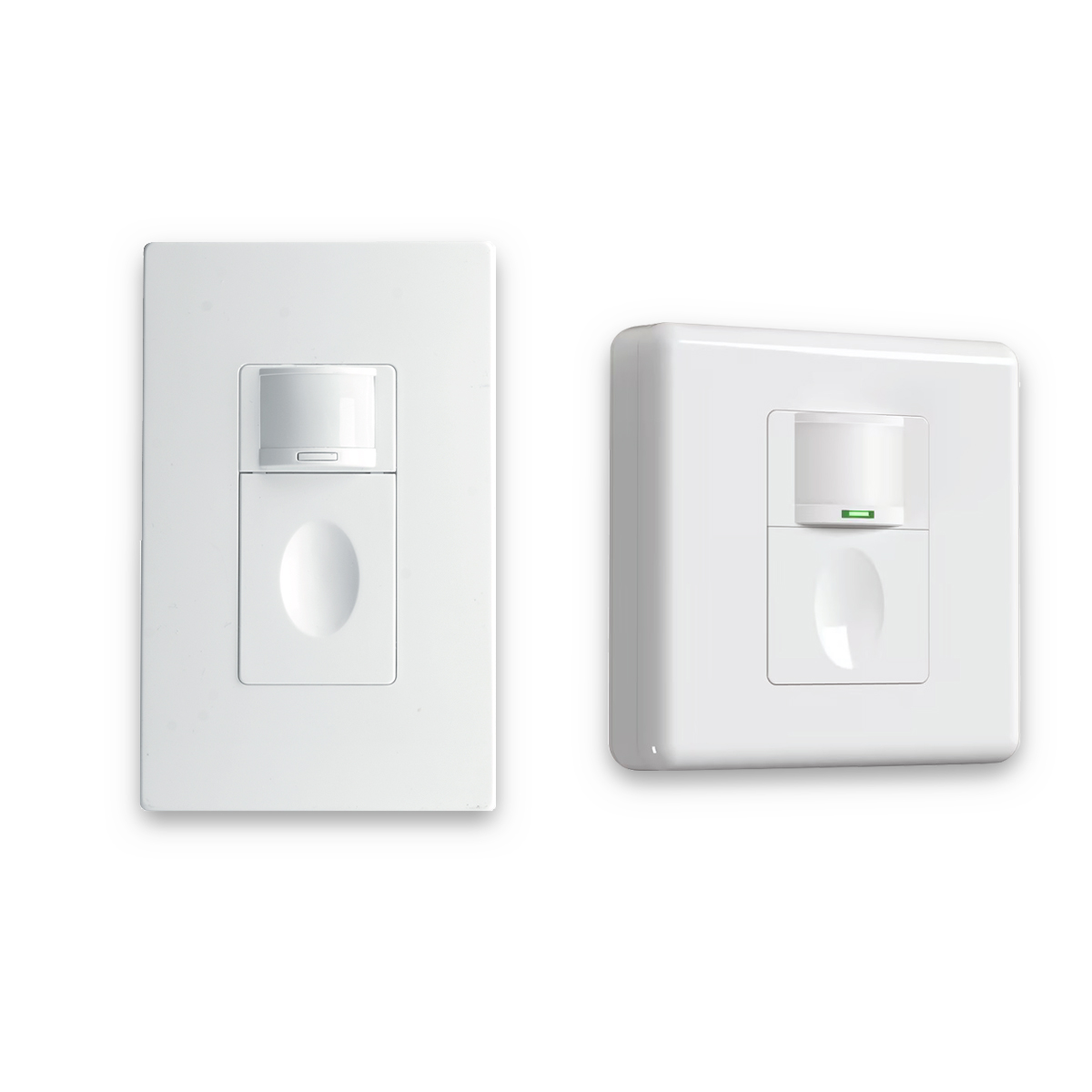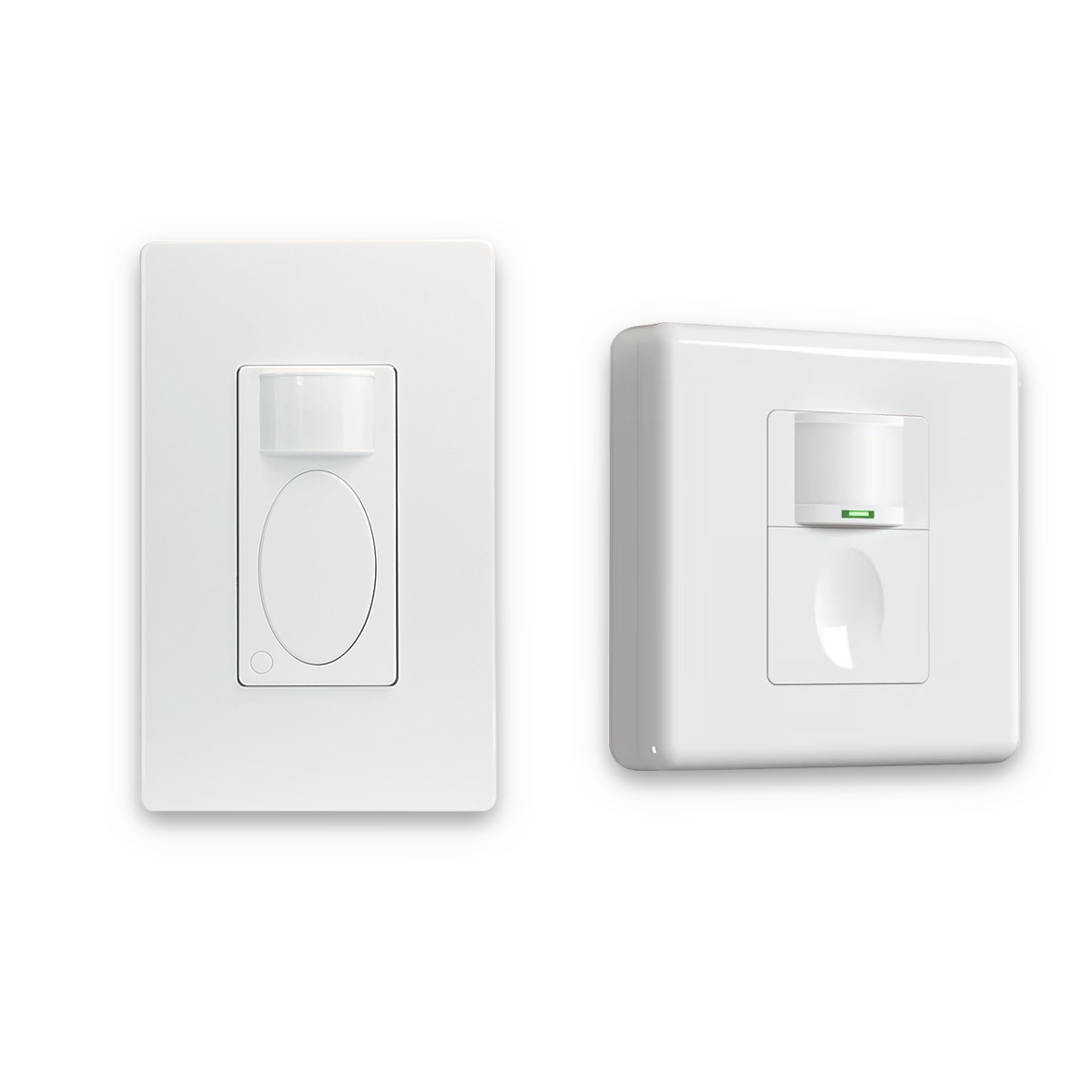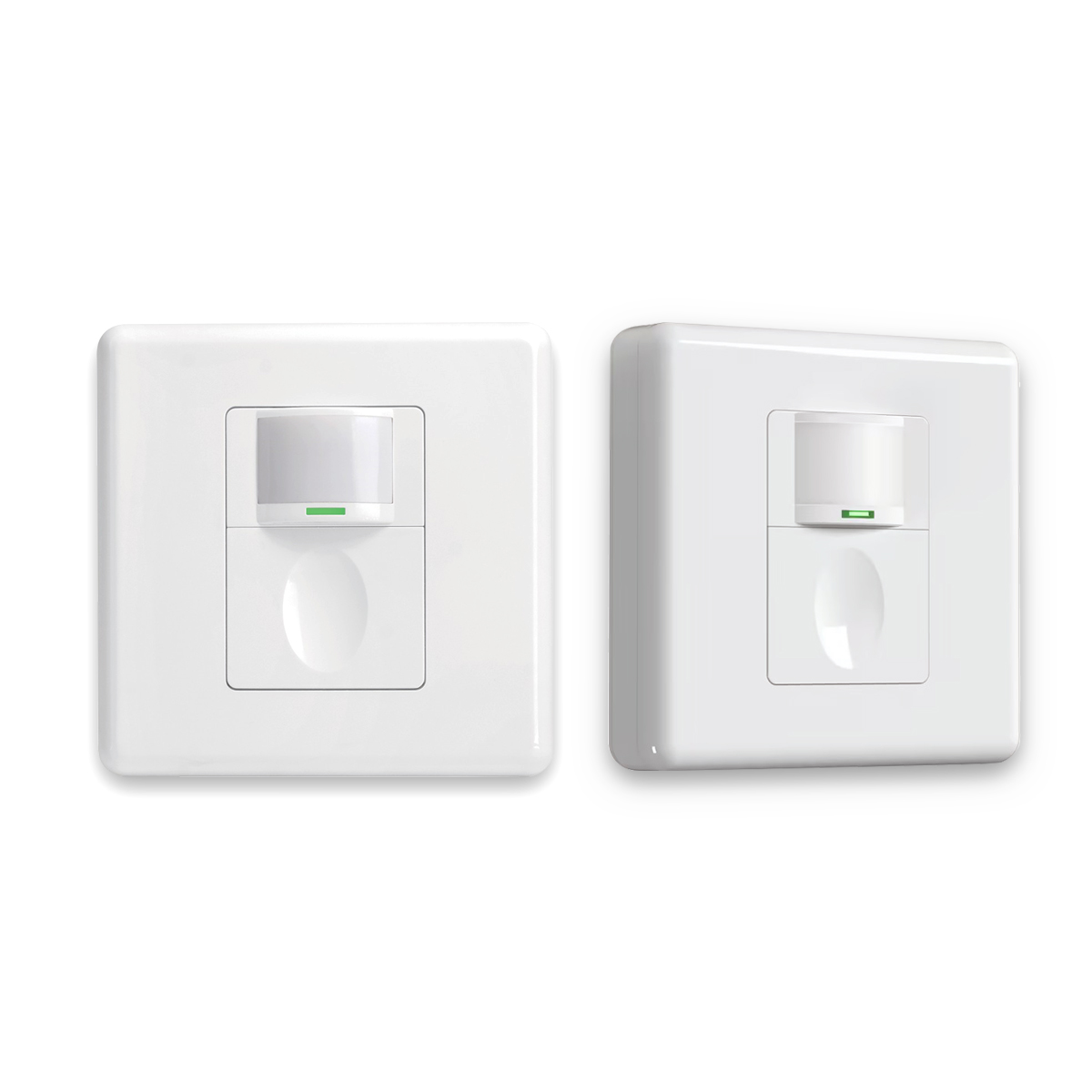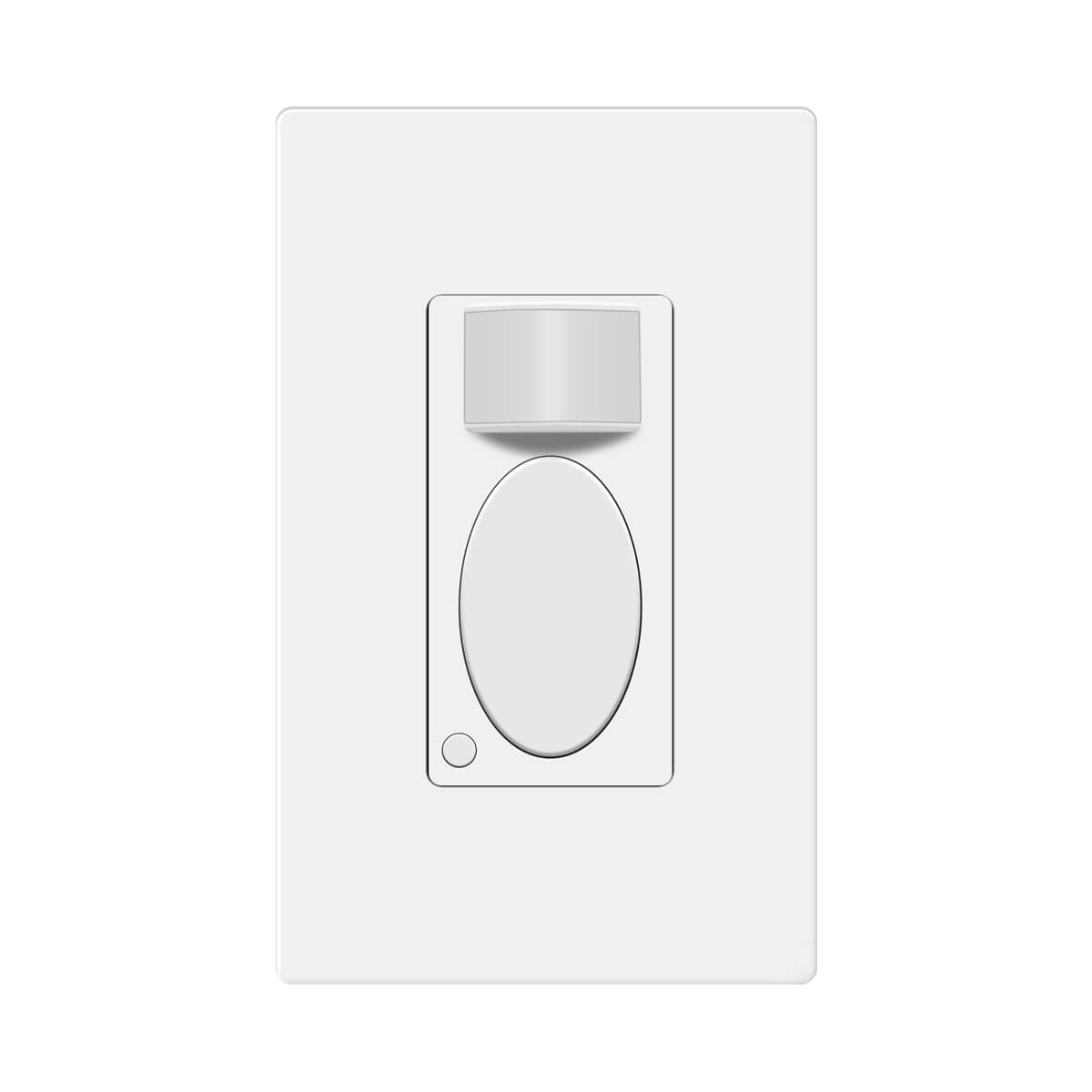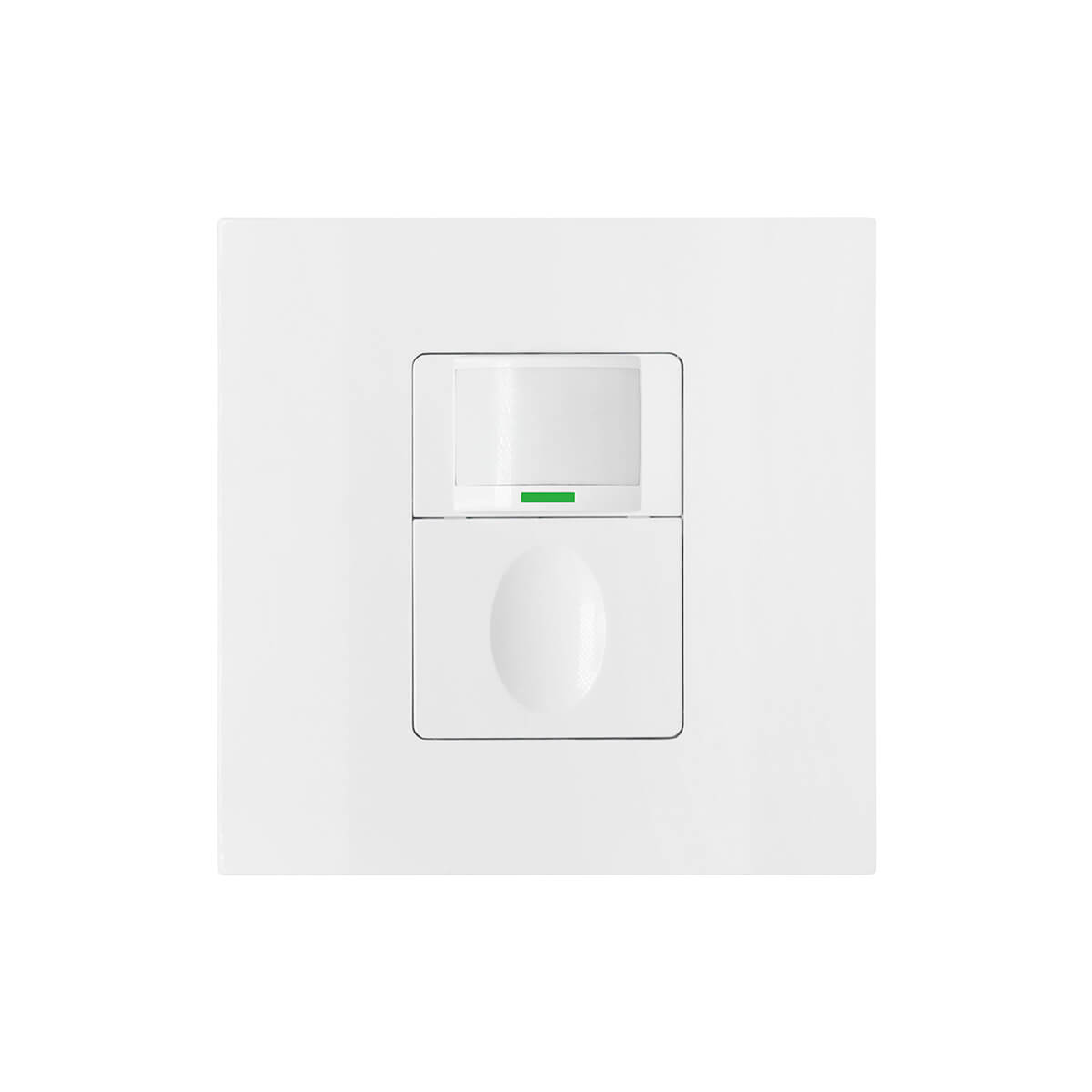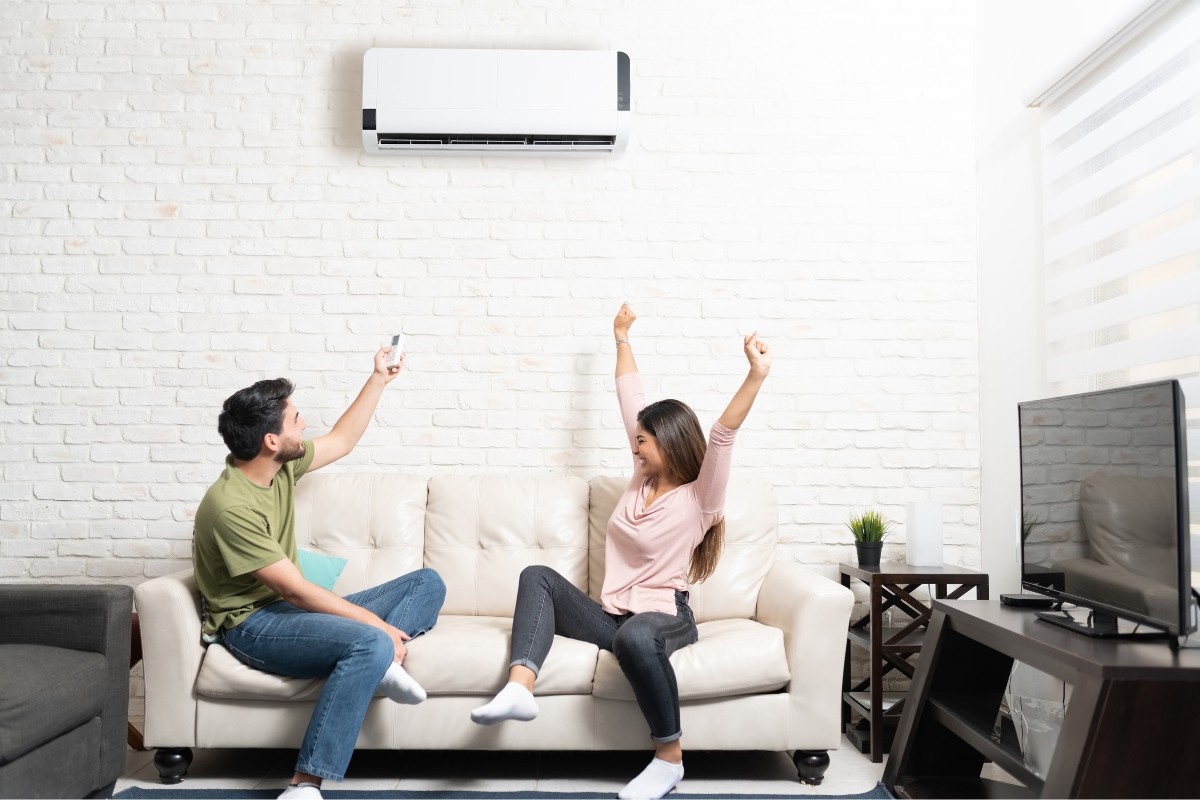What is Color Uniformity
Color uniformity is the consistent and even distribution of color across a lighting system. It is a measure of how well the emitted light maintains a consistent color appearance throughout its coverage area. Achieving color uniformity is essential for creating visually appealing lighting designs, particularly in applications where accurate color representation is crucial.
Možná máte zájem o
Color uniformity ensures that multiple lamps of the same type and specification emit light with consistent color characteristics, resulting in a seamless and harmonious lighting effect. This is especially important in settings such as retail stores, art galleries, and museums, where accurate color rendering is necessary to showcase products, artwork, or exhibits.
To achieve color uniformity, lighting manufacturers employ various techniques and quality control measures. These include carefully selecting and matching light-emitting components, such as LEDs or gas discharge tubes, to ensure consistent color characteristics. Manufacturers may also implement color calibration processes to further refine the color output of the lamps.
Quantifying color uniformity can be done using metrics such as the color rendering index (CRI) and correlated color temperature (CCT). CRI measures a light source’s ability to accurately render colors compared to a reference source, while CCT specifies the color appearance of a lamp relative to a reference source heated to a specific temperature. These metrics provide standardized ways to assess and compare the color performance of different lamps.
Inspirujte se portfoliem pohybových senzorů Rayzeek.
Nenašli jste to, co jste chtěli? Nebojte se. Vždy existují alternativní způsoby řešení vašich problémů. Možná vám pomůže některé z našich portfolií.
Často kladené otázky
What Is the Meaning of Color Uniformity
Color uniformity refers to the consistent distribution of color across the entire screen. For instance, if you are looking at the color green, color uniformity means that the shade of green you see in the middle of the screen is the same as the shade you see on the corners or any other part of the screen. This ensures a uniform and consistent color experience throughout the display.
How Do You Determine Lighting Requirements
Let’s review the process of calculating the lighting needs for a specific area. To determine the required amount of light, you can multiply the square footage of the room by the footcandle requirement. For instance, if you have a living room measuring 100 square feet and requiring 20 foot candles, you will need a total of 2,000 lumens. Similarly, a dining room with an area of 100 square feet and a foot-candle requirement of 40 will necessitate 4,000 lumens.
What Is the Effect of Contrast and Uniformity in Lighting Design
Too much contrast in lighting design can have negative effects on our ability to perceive fine details and can lead to eye fatigue. On the other hand, uniformity in lighting design refers to the overall space and plays a role in creating a comfortable environment. However, excessive uniformity can result in a lack of visual interest and a bland atmosphere.














